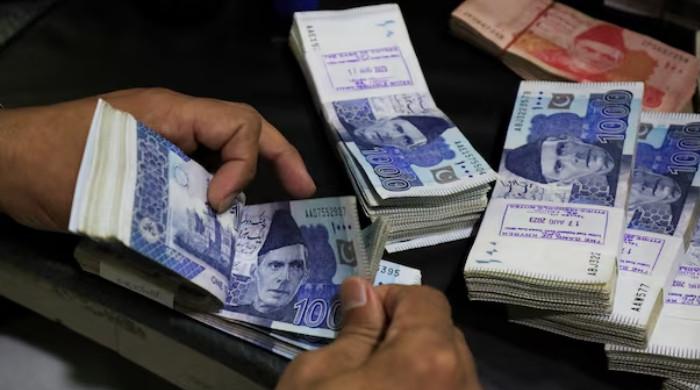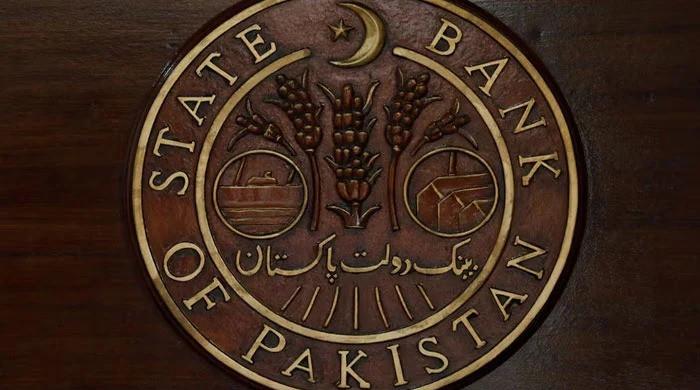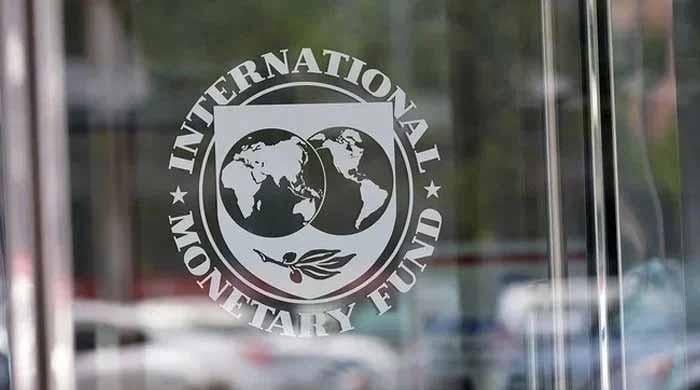Trade deficit declines by 34 per cent in five months
Increase in exports and cut in imports to improve the trade balance position
December 02, 2019
ISLAMABAD: Pakistan's exports of goods during November 2019 have increased by 9.6 percent to $2.02 billion while imports declined by 17.53 percent to $3.815 billion over corresponding month of last year, the Ministry of Commerce's data available with Geo News said.
Exports were recorded at $1.843 billion while imports at $4.626 billion in the same month of last year (November 2018). During July-November 2019/20, the country's exports were recorded at $9.55 billion against $9.113 billion in corresponding month, showing an increase of 4.8 percent (or $437 million), while imports were slashed by 19.27 percent (or $4.546 billion) to $19.046 billion. Last year in the same period imports were recorded at $23.59 billion.
Five-month trade deficit (Exp-Imp gap) was recorded at $9.496 billion against corresponding period's deficit of $14.479 million. It indicates that trade deficit has declined by 34.4 percent or $4.983 billion during these five months. Trade deficit (exports-imports gap) in November 2019 was recorded at $1.795 billion while in November 2018, it was recorded at $2.783 billion depicting a sizable decline of 35.5 percent (or $1 billion) in trade deficit in one month.
This increase in exports and cut in imports would improve the trade balance position and ultimately the current account deficit (CAD) that has recently turned into surplus. Economists believe that with the increase in the surpluses in CAD, the country's foreign exchange reserves also get improve.
Meanwhile, Adviser to Prime Minister on Commerce, Textile, Industry & Investment Razzak Dawood said on his Twitter account, "Pakistan's exports in November 2019 have once again crossed the USD 2 billion mark. Hats off to our experts and the team at the Ministry of Commerce. Exports have increased by 9.6% as compared to last year."
He further said, "As a result of the same policies of the government, the increasing exports are contributing to improvement in our balance of payment position and stabilisation of the economy."
It is worth mentioning that for the first time, in the last four years, the country's current account turned into surplus and was recorded at net positive current account balance of $99 million in October 2019. In September, it was current account was recorded in deficit of $284 million and $1.28 billion in Oct 2018.
Pakistan's current account deficit in FY19 stood at $12.75 bn, a 36 percent reduction from $19.9 bn in FY18.
Besides, the second phase of China-Pakistan Free Trade Agreement (CPFTA) has also come into the effect from Sunday (Dec 1) allowing export of around 313 new Pakistani products on zero duty to the Chinese market.
Pakistan is already enjoying zero duty on export of 724 products to China under the first FTA signed between the two countries in 2006. After the implementation of the second FTA, Pakistan has been allowed to export a total of 1047 products to China on zero duty.
The new facility will particularly benefit the textile sector to enhance its export to China as textile exports to China will virtually be duty-free.
There are a number of other items particularly leather and agriculture products as well as confectionery and biscuits, etc, which Pakistani manufacturers can export to China.
Reportedly, with the implementation of the second phase of the trade agreement, Pakistan can now increase its export around $1 billion in the short term while the export of these items are likely to touch $4-5 billion in the medium term after setting up new industry in the special economic zones being constructed in Pakistan under China-Pakistan Economic Corridor (CPEC) flagship project.
After this agreement, Pakistan can enhance its exports to China up to $10 billion in the next few years as the volume of the Chinese import market is around $64 billion. The State Bank of Pakistan has also increased fund limits for traders and manufacturers under export refinance scheme which will help increase the exports.
Originally published in The News









